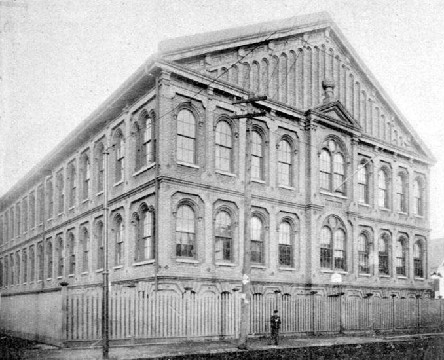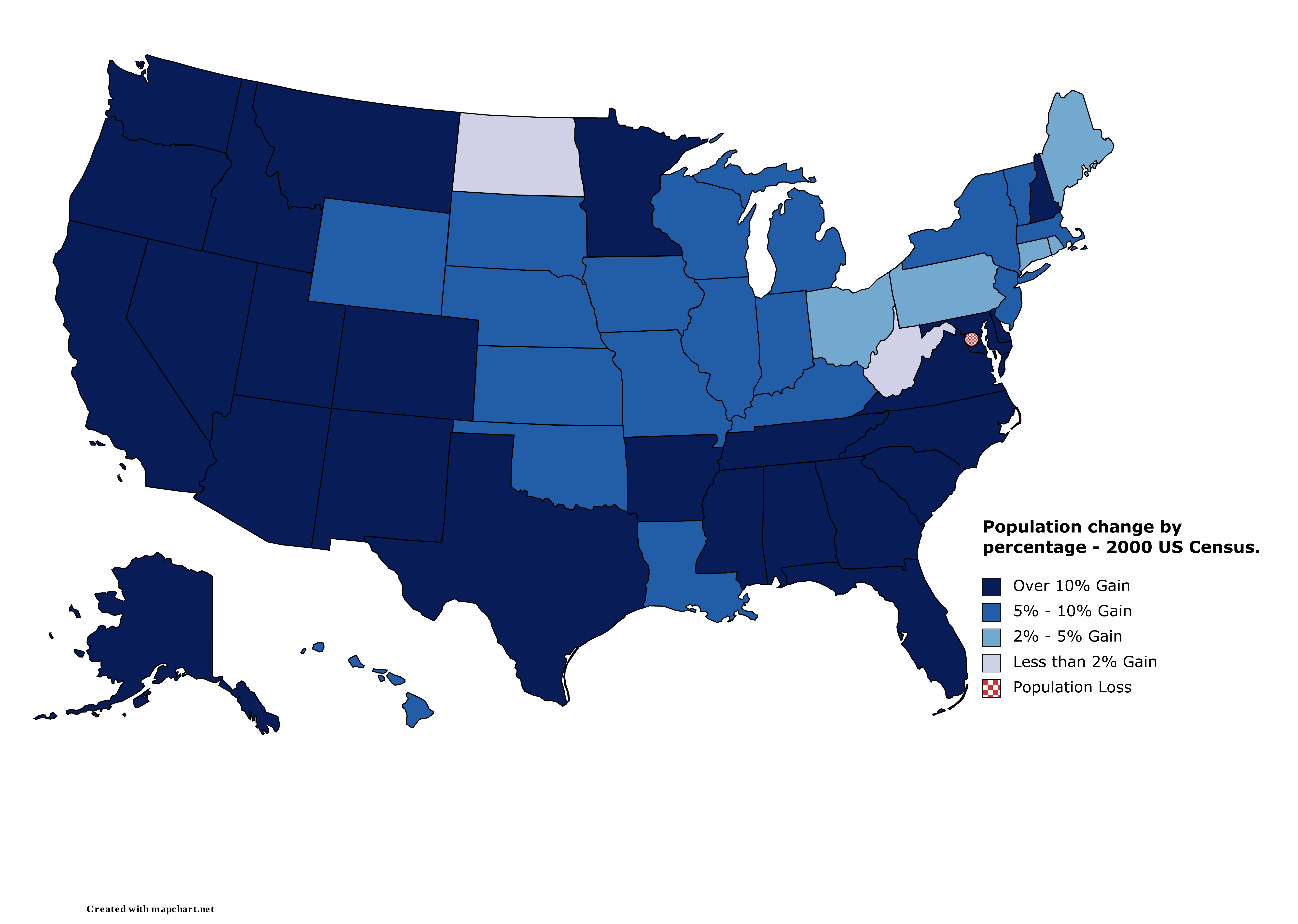|
Iberville Projects
Iberville Projects was a neighborhood in the city of New Orleans and one of the low-income Housing Projects of New Orleans. The Iberville was the last of the New Deal-era public housing remaining in the city. Its boundaries were St. Louis Street, Basin Street, Iberville Street, and North Claiborne Avenue. It is located in the 6th ward of downtown New Orleans, on the former site of the Storyville district (the city's official red-light district). The area has recently been redeveloped into a modernized apartment complex called the Bienville Basin Apartments. History 20th century The Iberville development was built on a ten-block site in the early 1940s as part of the Wagner Bill. The land was previously Storyville, the city's official red light district. In 1940, the city declared 95% of the structures in Storyville substandard, clearing the way for construction of the project. There were 858 units in the Iberville Project. The call for public housing was met by the federal ... [...More Info...] [...Related Items...] OR: [Wikipedia] [Google] [Baidu] |
New Orleans Neighborhoods
The city planning commission for New Orleans divided the city into 13 planning districts and 73 distinct neighborhoods in 1980. Although initially in the study 68 neighborhoods were designated, and later increased by the City Planning Commission to 76 in October 2001 based in census data, most planners, neighborhood associations, researchers, and journalists have since widely adopted the 73 as the number and can even trace the number back to the early 1900s. While most of these assigned boundaries match with traditional local designations, some others differ from common traditional use. This is a result of the city planning commission's wish to divide the city into sections for governmental planning and zoning purposes without crossing United States census tract boundaries. While most of the listed names have been in common use by New Orleanians for generations, some designated names are rarely heard outside the planning commission's usage. East Bank French Quarter / CBD, Wareho ... [...More Info...] [...Related Items...] OR: [Wikipedia] [Google] [Baidu] |
Mixed-income Housing
The definition of mixed-income housing is broad and encompasses many types of dwellings and neighborhoods. Following Brophy and Smith, the following will discuss “non-organic” examples of mixed-income housing, meaning “a deliberate effort to construct and/or own a multifamily development that has the mixing of income groups as a fundamental part of its financial and operating plans” A new, constructed mixed-income housing development includes diverse types of housing units, such as apartments, town homes, and/or single-family homes for people with a range of income levels. Mixed-income housing may include housing that is priced based on the dominant housing market (market-rate units) with only a few units priced for lower-income residents, or it may not include any market-rate units and be built exclusively for low- and moderate-income residents. Calculating Area Median Income (AMI) and pricing units at certain percentages of AMI most often determine the income mix of a mixed ... [...More Info...] [...Related Items...] OR: [Wikipedia] [Google] [Baidu] |
McDonogh 35 High School
McDonogh 35 Senior High School is a charter public high school in New Orleans, Louisiana. It is a part of New Orleans Public Schools and InspireNOLA charter operator. The school was named after John McDonogh.Woyshner and Bohan, "Introduction." Pg. 11Histories of Social Studies and Race: 1865-2000" ..n McDonogh #35 Senior High School in New Orleans. In 1917, McDonogh #35 was established as the first public high school for Black children in Louisiana." History Prior to 1917, during the era of segregated school systems in the Southern U.S. The Southern United States (sometimes Dixie, also referred to as the Southern States, the American South, the Southland, or simply the South) is a geographic and cultural region of the United States of America. It is between the Atlantic Ocea ..., no public high school existed in New Orleans for African-American pupils. Those interested in pursuing an education beyond the eighth grade had to attend one of the city's three private secondary ... [...More Info...] [...Related Items...] OR: [Wikipedia] [Google] [Baidu] |
2010 United States Census
The United States census of 2010 was the twenty-third United States national census. National Census Day, the reference day used for the census, was April 1, 2010. The census was taken via mail-in citizen self-reporting, with enumerators serving to spot-check randomly selected neighborhoods and communities. As part of a drive to increase the count's accuracy, 635,000 temporary enumerators were hired. The population of the United States was counted as 308,745,538, a 9.7% increase from the 2000 census. This was the first census in which all states recorded a population of over half a million people as well as the first in which all 100 largest cities recorded populations of over 200,000. Introduction As required by the United States Constitution, the U.S. census has been conducted every 10 years since 1790. The 2000 U.S. census was the previous census completed. Participation in the U.S. census is required by law of persons living in the United States in Title 13 of the United ... [...More Info...] [...Related Items...] OR: [Wikipedia] [Google] [Baidu] |
Population Density
Population density (in agriculture: Stock (other), standing stock or plant density) is a measurement of population per unit land area. It is mostly applied to humans, but sometimes to other living organisms too. It is a key geographical term.Matt RosenberPopulation Density Geography.about.com. March 2, 2011. Retrieved on December 10, 2011. In simple terms, population density refers to the number of people living in an area per square kilometre, or other unit of land area. Biological population densities Population density is population divided by total land area, sometimes including seas and oceans, as appropriate. Low densities may cause an extinction vortex and further reduce fertility. This is called the Allee effect after the scientist who identified it. Examples of the causes of reduced fertility in low population densities are * Increased problems with locating sexual mates * Increased inbreeding Human densities Population density is the number of people pe ... [...More Info...] [...Related Items...] OR: [Wikipedia] [Google] [Baidu] |
|

